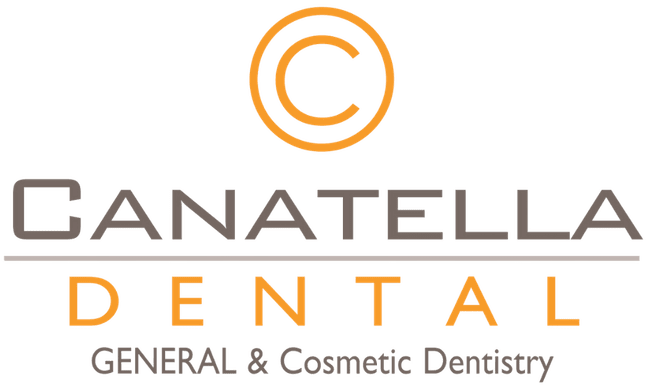Gum disease, a common oral health issue, affects millions worldwide. It ranges from mild inflammation, known as gingivitis, to more severe conditions, such as periodontitis. As part of our general dentistry services, we provide preventive and restorative treatments to manage gum disease at all stages.
Effective gum disease treatment requires early diagnosis, proper care, and consistent maintenance. Canatella Dental offers comprehensive care for all stages of gum disease. Understanding the types of gum disease and available treatments can help individuals maintain optimal gum health.
What Is Gum Disease?
Gum disease begins with bacterial growth in the mouth. When left untreated, it can lead to tooth loss due to the destruction of the tissue surrounding the teeth. Understanding the difference between gingivitis and periodontitis helps in recognizing the urgency of treatment and the specific steps needed to address each condition.
Gingivitis, the mildest form of gum disease, causes redness, swelling, and bleeding of the gums. It results from poor oral hygiene and plaque buildup. Fortunately, gingivitis can be reversed with proper dental care.
Periodontitis, a more severe form, occurs when gingivitis advances. The gums can pull away from the teeth, forming pockets that become infected. The body’s immune response to the infection, combined with bacterial toxins, breaks down the bone and connective tissue holding the teeth in place. Without intervention, periodontitis can lead to tooth loss.
Periodontal Therapy in New Orleans
Dr. Canatella will diagnose gum disease by thoroughly examining the gums, checking for inflammation, pocket depths, and bone loss. We may also take X-rays to assess the extent of damage. Early diagnosis plays a crucial role in successful treatment. Identifying gum disease in its initial stages allows for less invasive treatments and better outcomes.
For gingivitis, the initial treatment involves professional dental cleaning. Our dental hygienists can remove plaque and tartar from the teeth and beneath the gum line. Patients will receive personalized instructions on improving their oral hygiene routine, including brushing twice daily and flossing regularly. Antibacterial mouth rinses may also help reduce bacteria. We may also recommend additional office visits to ensure the gums remain healthy and the gingivitis does not progress to a more severe form.
Scaling and Root Planing
When gum disease progresses to periodontitis, more intensive treatment becomes necessary. Scaling and root planing, a deep-cleaning procedure, effectively treats periodontitis. During scaling, our dental care team removes plaque and tartar from above and below the gum line. Root planing smooths the tooth roots, helping the gums reattach to the teeth.
This procedure may require multiple visits, depending on the severity of the disease. We may use a local anesthesthetic to minimize discomfort. Following the procedure, it is important to maintain excellent oral hygiene and possibly use prescribed medications to control infection and promote healing. The success of scaling and root planing depends on the patient’s commitment to ongoing care and regular dental visits.
Laser Therapy
Laser therapy, a less invasive option, can also be used to treat gum disease. Lasers can remove diseased tissue and bacteria from the gums, promoting healing and reducing pocket depth. This method often results in less discomfort, bleeding, and swelling compared to traditional surgery. The precision of lasers allows for targeted treatment, minimizing damage to surrounding healthy tissue. The benefits of laser therapy include quicker recovery times and a lower risk of infection, making it an appealing choice for many patients.
Advanced Periodontal Therapy
For advanced cases of periodontitis, periodontal therapy may involve surgical interventions. Flap surgery, or pocket reduction surgery, allows the dentist to remove tartar deposits in deep pockets and reduce the pocket size. This procedure involves lifting back the gums, removing the tartar, and then suturing the gums back in place. The surgery aims to reduce the depth of the pockets, making them easier to clean and less prone to infection.
Maintaining Gum Health
After receiving treatment, maintaining gum health becomes essential to prevent recurrence. Patients should adhere to a strict oral hygiene routine, including brushing with fluoride toothpaste, flossing daily, and using an antibacterial mouth rinse. Regular dental check-ups and cleanings, typically every three to six months, allow the dentist to monitor gum health and address any issues promptly.
Nutrition also plays a significant role in gum health. A balanced diet rich in vitamins and minerals, particularly vitamin C and calcium, supports gum health. Vitamin C helps repair connective tissues and prevents gum inflammation, while calcium strengthens the bones and teeth.
Avoiding tobacco products and limiting sugary foods and drinks can further reduce the risk of gum disease. Tobacco use significantly increases the risk of gum disease and impairs the healing process, making it crucial to quit smoking for better oral health.

